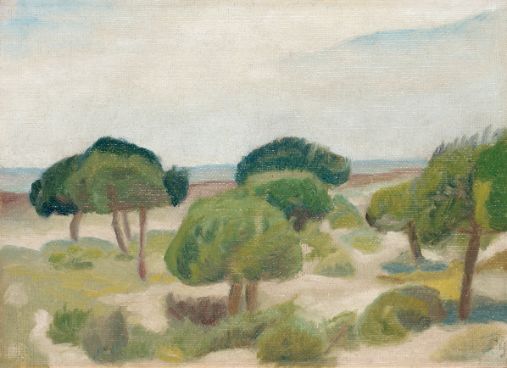About the project
Mobile Muslims and Invisible Islam conducted non-normative, empirically driven, comparative analysis of how Islam takes shape in Europe. The emphasis was on discreet social dynamics and religious complexities in different socio-political settings. We studied the different ways by which individual Muslims navigate relatively seamlessly the “super-diverse” societies they live in, adapt to different contexts, draw on a variety of symbolic resources, and make sense of Islam in their own way.
Background
Many Muslims are not so vocal about their religion or identity as Muslims, and we know little about their actual beliefs, practices, values and preferences.
They are often referred to with slippery terms like “cultural”, “secular”, “moderate”, and “nominal” Muslims. Such ”invisible” Muslims comprise individuals who may or may not change religious outlooks throughout their lifespan, inhabit several identity spaces simultaneously, defy traditional authorities’ definitions of piety and “Muslimness”, or redefine the meaning of “Islam” and “Muslim” all together.
The people in this heterogeneous category may actually constitute the majority of the Muslims in many European countries, but have nevertheless been treated in a cursory manner in previous research and tend to escape public attention.
Objectives
Mobile Muslims and Invisible Islam (MMII) studied subtle, complex processes of religious change among self-identified Muslims in Europe and people culturally affiliated with Islam.
Throughout the history of religion, contact with religious plurality has often led to conversion and apostasy, but also to fluid, in-between religious identities, bricolage, and hybridity that are harder to detect and categorize. We have reasons to believe that individual Muslim religiosities in today’s Europe are equally complex, and part of a “broader moment of cultural flux, mixture, and interpenetration” (Brubaker 2016).
We wanted to explore the validity of the following hypotheses:
- Plural contexts shape the individual religiosity of Muslims in Europe. They
- cross religious boundaries,
- dissolve them, or
- render them irrelevant.
- Individual religiosities reflect larger socioreligious processes in Europe. Individual and idiosyncratic religiosities and trajectories are indicative of
- secularization processes,
- individualization of religion, and/or
- fragmentation of religious authority.
- Art and fiction reflect and inform these processes and are as such valuable sources in the study of religion.
Benefiting from complementary methodological approaches, geographical focus areas and linguistic skills, our team members analysed complex and changing forms of religiosity in plural societies in Scandinavia, the Balkans and southwest Europe.
By combining perspectives and data from different regions, periods and disciplines, MMII wanted to nuance and illuminate possible patterns and connections that have not previously been noticed. The purpose was to contribute to theory development about inter- and intra-religious dynamics.
The main objectives are thematic, theoretical, and methodological
Thematic
- Invisible Muslims and mobile religiosity: Aiming at studying “invisible” Muslims, our project joined a new trend in the research on Islam in Europe that includes more secular voices (Otterbeck 2015), focuses on “lived religion” (Jeldtoft 2010), or coins new terms such as “critical Islam” (Mincheva 2016).
Theory development
- MMII combined insights from past and ongoing research projects to carry out inclusive and rigorous comparative analyses, conduct meta-studies, and develop more sophisticated tools to analyse pluralism and religious change in Europe.
Critical methodology
- MMII developed new methodological approaches in combining insights from comparative literature and the study of religion.
Financing
This project was financed by the Department of Culture Studies and Oriental Languages and the Faculty of Humanities.
